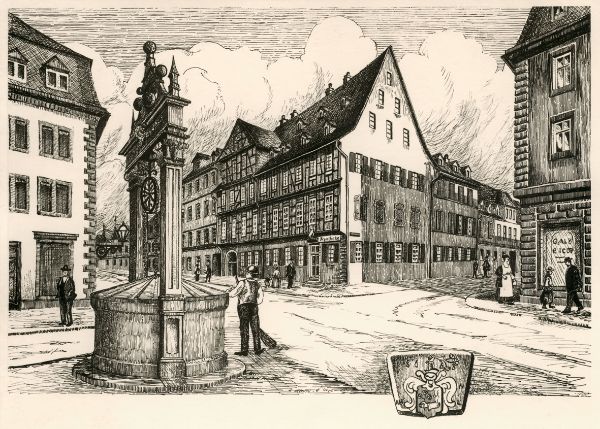Heraeus Medical Patient Journey: Useful Information about Joint Replacements
Joints are moving connections between two bones. They enable us to move as well as absorb impacts at the same time. A joint consists of at least two bones that move alongside each other, a fluid-filled joint space and a joint capsule.
When joints become worn or damaged, they cause pain and restrict mobility. This often takes the form of what is known as osteoarthritis. Advanced osteoarthritis also leads to increasingly restricted movements and severe pain. In this case your doctor will often recommend a joint replacement as a treatment option.
Artificial Joints – A Success Story
In 1890, the surgeon Themistocles Gluck implanted the first artificial knee joint, made of ivory and nickel-plated steel, into a patient in Berlin. The first artificial hip was implanted in 1938. In the following years, materials and techniques were improved, to such an extent, so that joint replacement surgery could be safely and successfully carried out.
The British orthopedic surgeon Sir John Charnley developed the prototype for the hip prostheses still used today. The prototype consisted of a small metal head, and a socket made of Teflon, which was later substituted with polyethylene. In 1958 Charnley carried out the first implantation of a total hip replacement (THR) using ‘acrylic cement’ (polymethyl methacrylate, PMMA for short). The ‘acrylic cement’ used back then is still used today and is often referred to as bone cement. Contrary to how it initially sounds, bone cement is not actually a cement but rather a plastic compound known as a polymer, which enables stable anchorage of the prosthesis in the bone.
In 1972, the first bone cement with added antibiotics was developed and brought to market. Using an antibiotic-loaded bone cement can prevent potential infection of the prosthesis. Today, joint replacement procedures are common and the technology it uses is constantly being optimized. Thanks to modern surgical methods, joint replacement surgery can now be performed as an outpatient procedure, which means patients have a shorter stay in hospital.

Lifetime of Artificial Joints
Thanks to advances in medicine, the use of preventive measures, modern materials and surgical techniques, it has been possible to continually reduce the risk of infection-related loosening of the artificial joint. The use of antibiotic-loaded bone cement reduces the risk of what is known as periprosthetic joint infection.

Bone Cement and More: How the Artificial Joint is Held in the Bone
There are three recognized techniques available for anchoring the prosthesis:
- Cemented Arthroplasty:
Referred to as bone cement, is used to fixate the artificial joint. A cemented prosthesis can enable the patient to get moving again quickly. In order to help prevent the joint from becoming infected, an antibiotic-loaded bone cement can be used. One example of a bone cement that has been used and trusted for more than 60 years is PALACOS® from Heraeus Medical. - Cementless Arthroplasty:
Alternatively, the surgeon can anchor the artificial joint without bone cement. - Hybrid Arthroplasty:
This is the combination of a cementless and cemented prosthesis. Part of the artificial joint is anchored with bone cement, while the other part is fixed without cement.
Please note that this is general information and cannot replace a medical consultation and examination. It is only intended to prompt any questions and supplement the discussions you have with your doctor. He or she can individually assess your symptoms and recommend the best treatment for you.